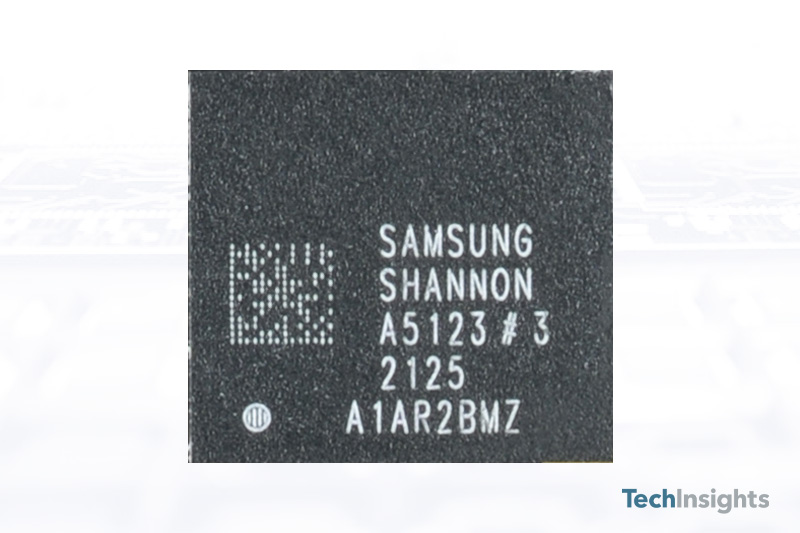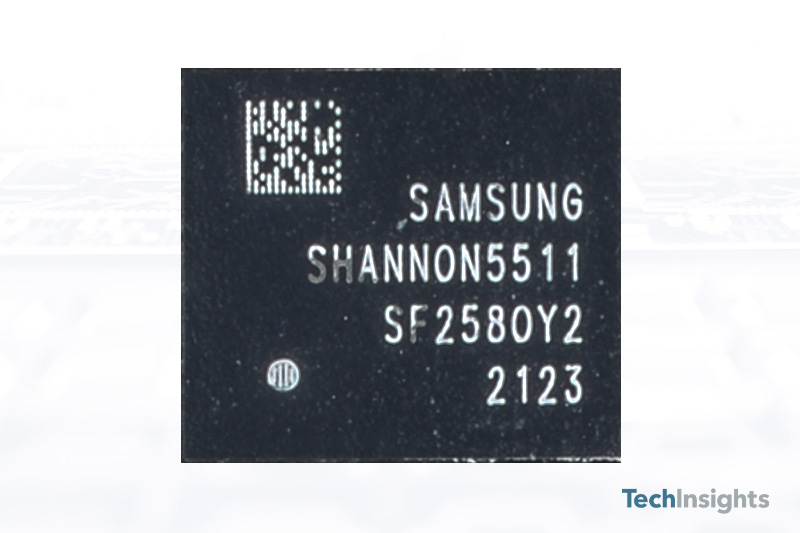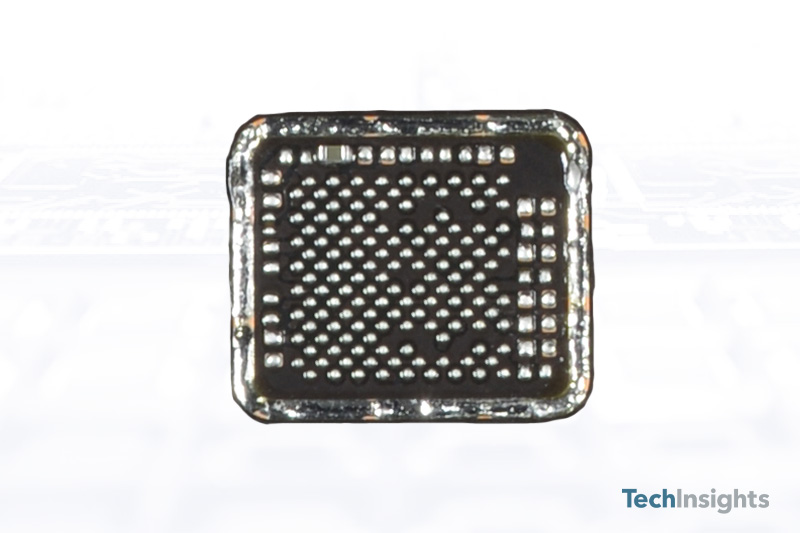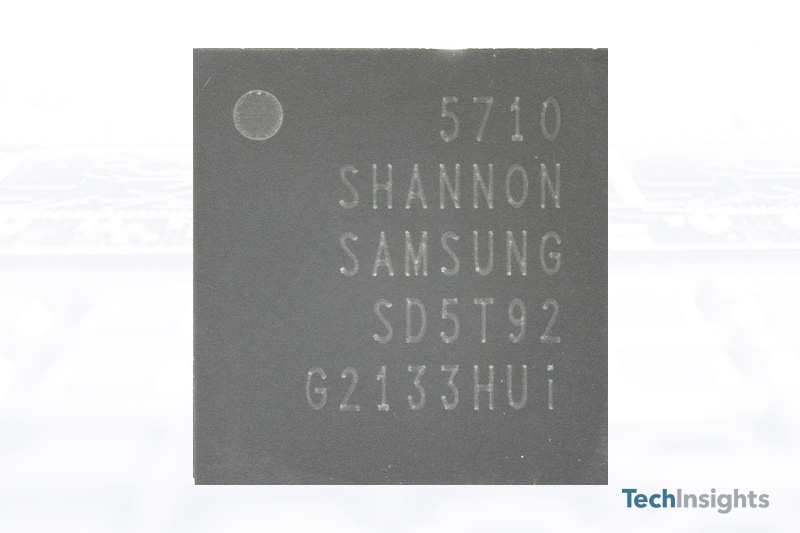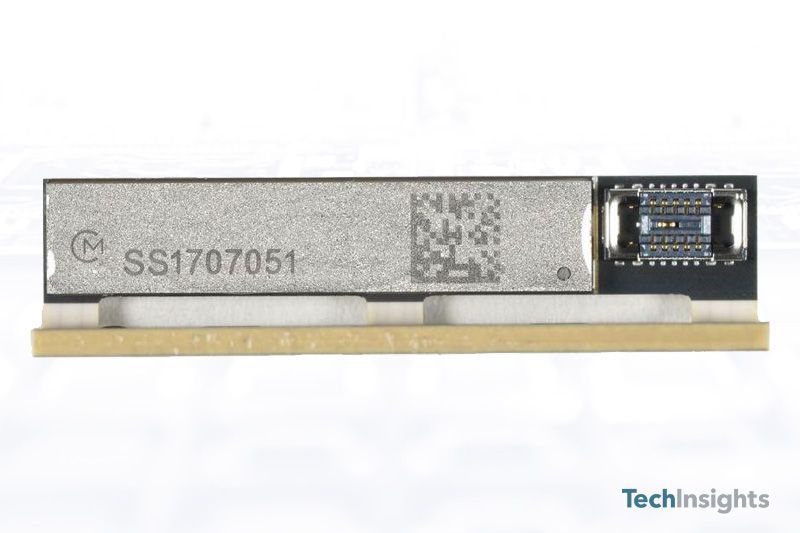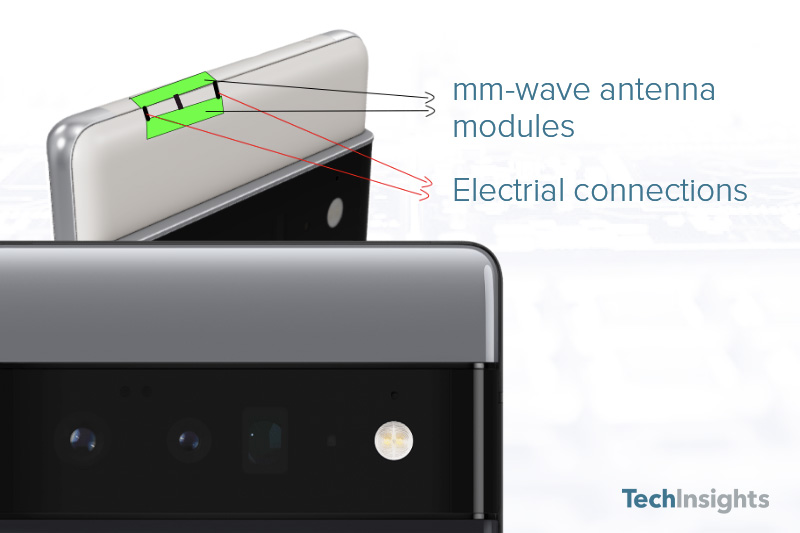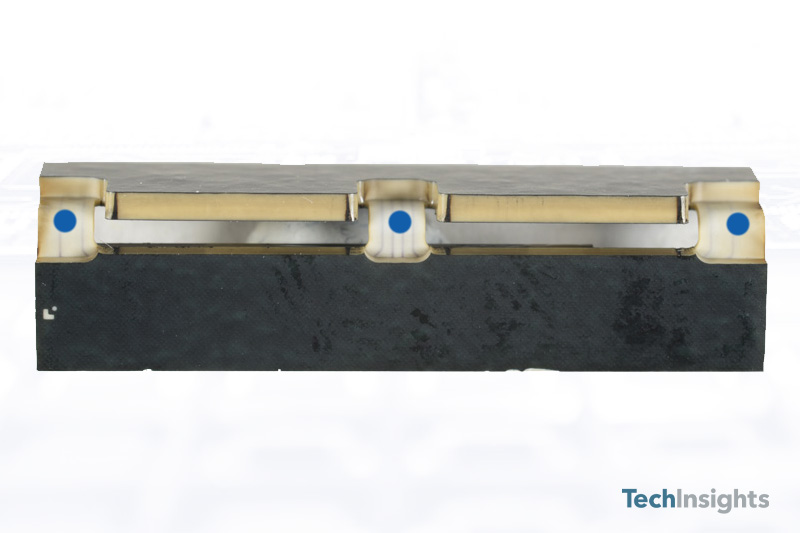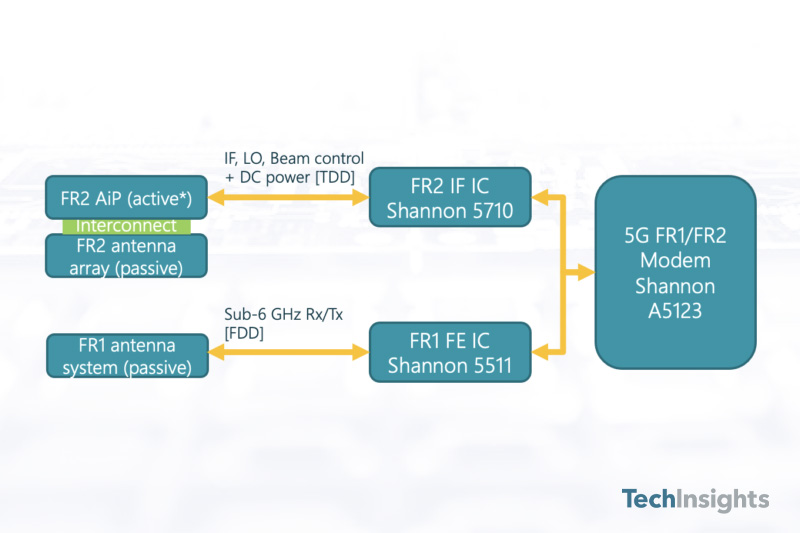An examination of the 5G radio in Google Pixel 6 Pro
Contributing author: Radu Trandafir
At the beginning of September we were pondering the rumors about a Samsung 5G modem that was predicted to show up on the US shores in the form of the 5G implementation solution for the yet to be released Google Pixel 6.
Now that we have had the chance to inspect several of the Pixel 6 Pro phones we can positively state that it is real: Google has introduced a Pixel phone to rule them all (Pixel phones, that is). The Google Pixel 6 includes:
- A brand new and innovative Google Tensor SoC (designed and architected by Google with various contributions from Samsung, truth be told: the device tree file system analysis of the Linux kernel for Google Pixel 6 that TechInsights has carried out is showing that some blocks of the Google GS101 Tensor processor are shared with Exynos)
- A full 5G radio solution developed by Samsung (from modem to antenna); this would be a first for the US market, where a major 5G phone without a Qualcomm modem was not available until now!
- Lots of cameras and more
Google Pixel 6 Pro Teardown Analysis
Download the teardown analysis brief below with an exclusive high resolution bpoly die photo of the Google Tensor application processor.
Now that Oppo is looking into developing their own SoC solutions for higher-end phones – expected sometime in 2023/2024 according to Nikkei – Qualcomm’s dominance in the smartphone market appears to be diminishing.
The inner workings of the 5G radio inside the Google Pixel 6 Pro, non-US version
The FR2/mmWave specific components from a Google Pixel 6 Pro, US model
Comments and observations:
High level functional blocks appear to be similar to the Qualcomm solution: a single modem package feeding two branches (FR1 and FR2) with their corresponding transceiver solutions (see Diagram 1).
The antenna in package (AiP) consists of a dual antenna package with the FR2 transceiver located on one PCB and being connected to the FR2 IF transceiver (Shannon 5710) over a FFC (Flat Flex Cable) connection.
Expect all silicon to be Samsung, possibly with similar functionality to what we have seen in the Qualcomm designs. When we analyzed the Qualcomm AiP QTM525 and QTM535 we noted that there were more FR2 FE transceivers than needed for the antenna arrays in the AiP. This means it’s possible to have cascaded antenna arrays like in the Pixel 6 Pro implementation, where the active components and one antenna array are located on one module connected to a second one, a passive antenna array module.





